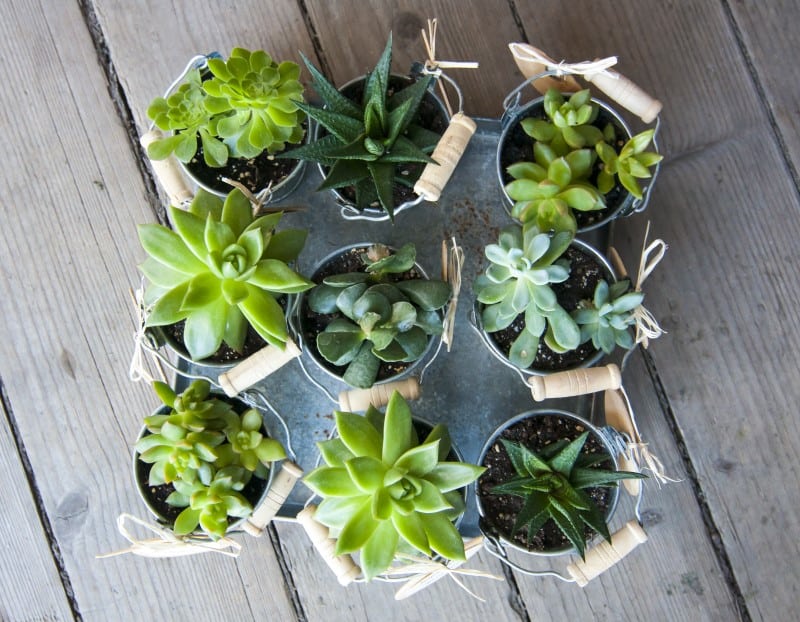As a plant parent you want to do everything that you can to grow healthy, vibrant plants. There are lots of tips and tricks out there to follow for good plant care. Some work and some don’t, so you may be wondering, “is incense ash good for plants?”
To grow healthy plants, incense ash is unlikely to add any nutrients to your plant soil. Plant care involves many factors that should be considered before any kind of ash would become part of the equation. A better approach is to focus on creating the right environmental conditions for optimal plant growth.
When you understand how to take good care of your plants, they thrive in your home for years to come. In this article, I am going to talk about how plants grow and what you can use instead of incense ashes to make sure they’re healthy.

Plants And Their Growth
Plants offer so many benefits. Not only do they provide nourishment, but they absorb carbon dioxide and release oxygen.
Since most of the air we breathe indoors is recycled, it helps that plants absorb air contaminants and release fresh oxygen to keep humans and animals breathing.
Without proper care, some plants die, but others can become weak and sickly, making them vulnerable to disease and infestations. Let’s explore what conditions are best for plant growth in general.
How Plants Grow
There are five environmental conditions that determine a plant’s health and the extent to which these five conditions are necessary varies by plant.
1. Light
According to the BBC, plants kept in the dark will grow really tall in search of light and then they will weaken and die if they remain in a dark place.
Some plants need direct sunlight for extended periods of time. Other plants thrive in shaded areas where there’s indirect sunlight. This topic can get really complex but the quality of light and amount to time the plant is exposed to light also factors into its growth potential.
2. Temperature
Plants need warmth from the very start for seeds to germinate. If they don’t develop roots, then they can’t grow.
Over time, temperature can affect how quickly the plant progresses from seed to leaf growth to developing flowers.
Without the right temperatures, plants don’t grow as tall or full as they could. Some plants have been adapted to thrive in cold temperatures, others in warmer climates, and still others might need a combination of temperature changes in order to grow well.
3. Water
For most plants, water is vital and comprises about 90% of the plant. Water contributes to cell growth and shape, helps minerals move through the plant, strengthens roots to move through the soil, and more.
Desert plants need very little water in order to thrive. But there are other plants that will have a hard time developing strong stems or healthy leaves if they aren’t watered regularly and in the right amounts. Too much water can be as harmful as too little water.
4. Humidity
In conjunction with water, humidity helps regulate plant temperature, allowing plants to cool themselves down through evaporation.
Without proper balance, water absorption becomes complicated and the plant responds with wilted leaves.
5. Nutrients
Plants need certain chemical elements for proper growth and this is where plant nutrition comes in. We’ve touched on three already. Carbon, nitrogen, and oxygen are found in the air and water. What’s interesting, though, is that the remaining fourteen elements needed for growth are all found in the soil.
And this is where ash factors in. When ash is used for plants, it is added to the soil. We will cover this in more detail in a moment.
Those fourteen remaining elements are divided into two groups: macronutrients and micronutrients.
The macronutrients are: nitrogen, potassium, magnesium, calcium, phosphorus, and sulfur. Their presence or deficiency are indicated by leaf color or discoloration, whether or not leaves fall off easily, and more.
Lesser used but still essential micronutrients found in plant soil are: iron, zinc, molybdenum, manganese, boron, copper, cobalt, and chlorine. These nutrients help determine whether plants bud, vein health, whether there’s leaf spotting, contribute to a healthy root system, and more.
Many people think that fertilizing a plant means that you’re feeding it, but that’s not true. Plants feed themselves using sunlight, water, and carbon dioxide. Fertilizers are just nutrients added to the water or soil that can help facilitate plant growth. But too much fertilizer can actually cause more harm than good to plants.
If any one of these conditions isn’t just right, it can create an environmental stressor that prevents the plant from growing.
How Does Ash Affect Plant Growth?
So if plants make their own food and require all of these other conditions for growth, where’d we get the idea that ashes can help plants grow?
Ash is the powdery residue remaining after burning wood. Wood ash has been added to plant soil for decades, maybe even centuries. It contains potassium and phosphorus – two of the macronutrients that plants need to survive.
Adding too much ash can raise your soil’s pH levels, which interferes with plant growth. pH balance is important no matter what’s added to soil – water, fertilizer, etc. It determines whether the soil is acidic or alkaline. Soil with neutral pH levels, usually means that it is capable of properly absorbing nutrients.
For perspective, extremely acidic pH levels range between 3.5 and 4.4; very alkaline levels range from 8.5 to 9.0 and neutral is 6.6 to 7.3. According to the US Department of Agriculture, “A pH range of 6 to 7 is generally most favorable for plant growth because most plant nutrients are readily available in this range. However, some plants have soil pH requirements above or below this range.” So your plant soil may not even need wood ash.
What is your plant’s soil language?
Some plants require acidic soil for optimal growth, others need neutral acidic levels for growth. And soil pH levels are not constant. They can change with the seasons, depending on temperature and humidity.
The first thing to do is understand what your plants need. Which pH levels are most favorable for your plants’ growth conditions? You may want to look at the plant pick that gives you a summary of everything your plant needs – water, lighting, and so forth. If you can’t find it or it’s simply not listed, you can refer to this list of ideal pH levels for houseplants.
Once you know what the ideal levels are for your plants, you can use a soil tester to determine your plants’ current pH levels. Here are some tools that measure soil pH levels:
In addition to pH levels, this highly rated device also tests moisture and sun exposure levels.
Soil test strips are considered to be more accurate than meters. In short, you mix equal amounts of water and soil, dip a test strip into the liquid, then compare the results to the pH charts to determine your soil’s pH levels.
Testing the soil helps you make an informed decision about whether its pH levels need to be adjusted with ash or anything else. While pure wood ash can contribute nutrients and balance out acidic levels, impure ash would not be helpful.
How Do Plants React to Incense Ash?
Personally, I would veer away from allowing incense ash to drop into my plant soil. I don’t think that incense ash is good for plants because it contains more than wood.
Incense is a combination of natural elements and fragrances ground into paste form, but incense is not always natural. Some are made with synthetic and toxic ingredients including dyes. And whatever ingredients are in your incense, will enter into your plant’s soil and then be absorbed through the roots.
Even when burning 100% natural incense that is made with essential oils, or is even organic, not all plants respond to oils in the same way.
While essential oils are safe to use around plants to keep bugs and pests away, allowing those oils to seep into the soil is not a great idea.
It’s rare that incense ingredients are even listed on the package. If you don’t know what’s in your incense, you don’t want its ash dropping into your plant soil.
With lots of experimenting and testing, you might be able to find an incense brand that might be as beneficial to your plants as wood ash, but even then, more testing would be required to find the delicate balance that would work best for your plants.
If you are looking to grow healthy plants, stick to the basics, like water, light, humidity, temperature, and nutrients. If you were to ever include ashes, it would need to be pure wood ash and only in small amounts after first testing soil pH levels.
Feel free to share this article with your friends if you like it. and You can read more about What to Do with Incense Ash here.
